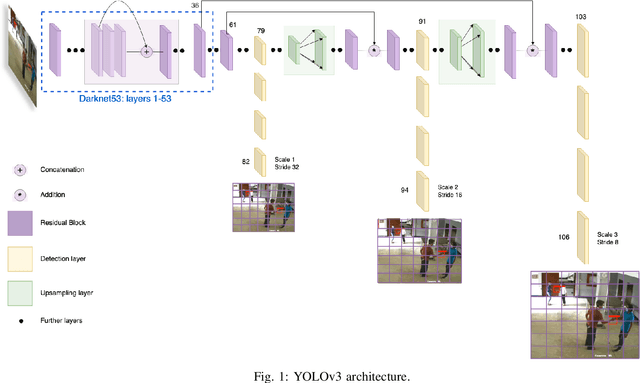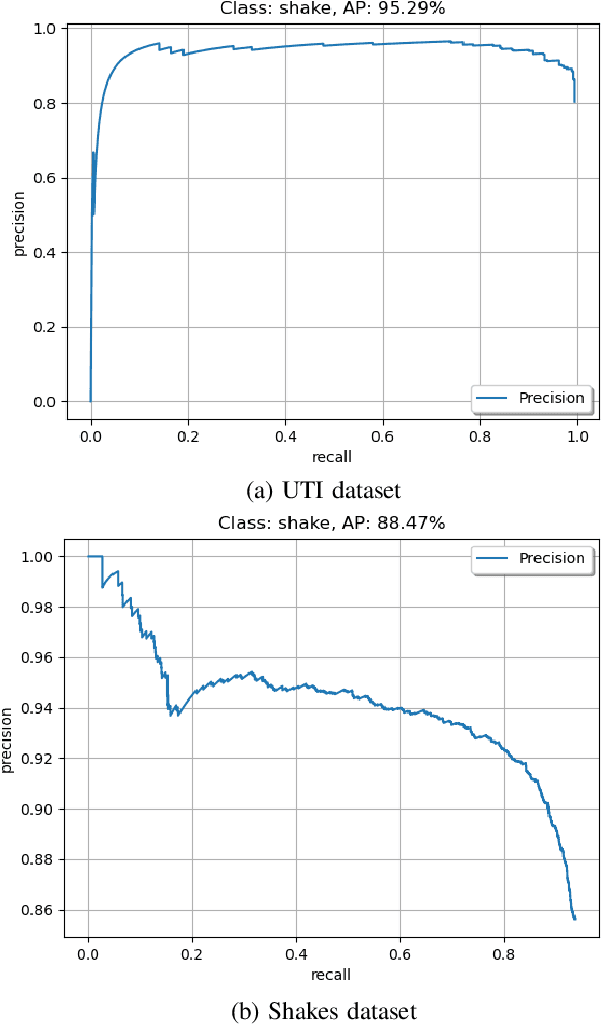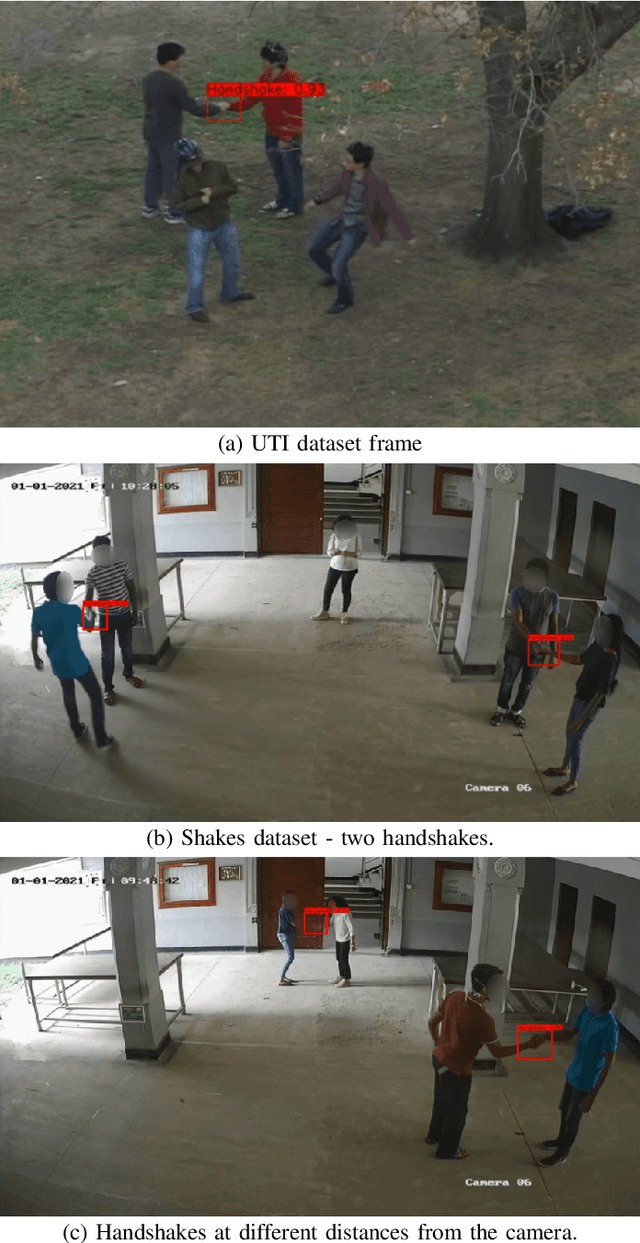Roshan I. Godaliyadda
Hands Off: A Handshake Interaction Detection and Localization Model for COVID-19 Threat Control
Oct 18, 2021



Abstract:The COVID-19 outbreak has affected millions of people across the globe and is continuing to spread at a drastic scale. Out of the numerous steps taken to control the spread of the virus, social distancing has been a crucial and effective practice. However, recent reports of social distancing violations suggest the need for non-intrusive detection techniques to ensure safety in public spaces. In this paper, a real-time detection model is proposed to identify handshake interactions in a range of realistic scenarios with multiple people in the scene and also detect multiple interactions in a single frame. This is the first work that performs dyadic interaction localization in a multi-person setting. The efficacy of the proposed model was evaluated across two different datasets on more than 3200 frames, thus enabling a robust localization model in different environments. The proposed model is the first dyadic interaction localizer in a multi-person setting, which enables it to be used in public spaces to identify handshake interactions and thereby identify and mitigate COVID-19 transmission.
A Sensitivity Matrix Approach Using Two-Stage Optimization for Voltage Regulation of LV Networks with High PV Penetration
Aug 23, 2021



Abstract:The occurrence of voltage violations are a major deterrent for absorbing more roof-top solar power to smart Low Voltage Distribution Grids (LVDG). Recent studies have focused on decentralized control methods to solve this problem due to the high computational time in performing load flows in centralized control techniques. To address this issue a novel sensitivity matrix is developed to estimate voltages of the network by replacing load flow simulations. In this paper, a Centralized Active, Reactive Power Management System (CARPMS) is proposed to optimally utilize the reactive power capability of smart photo-voltaic inverters with minimal active power curtailment to mitigate the voltage violation problem. The developed sensitivity matrix is able to reduce the time consumed by 48% compared to load flow simulations, enabling near real-time control optimization. Given the large solution space of power systems, a novel two-stage optimization is proposed, where the solution space is narrowed down by a Feasible Region Search (FRS) step, followed by Particle Swarm Optimization (PSO). The performance of the proposed methodology is analyzed in comparison to the load flow method to demonstrate the accuracy and the capability of the optimization algorithm to mitigate voltage violations in near real-time. The deviation of mean voltages of the proposed methodology from load flow method was; 6.5*10^-3 p.u for reactive power control using Q-injection, 1.02*10^-2 p.u for reactive power control using Q-absorption, and 0 p.u for active power curtailment case.
 Add to Chrome
Add to Chrome Add to Firefox
Add to Firefox Add to Edge
Add to Edge